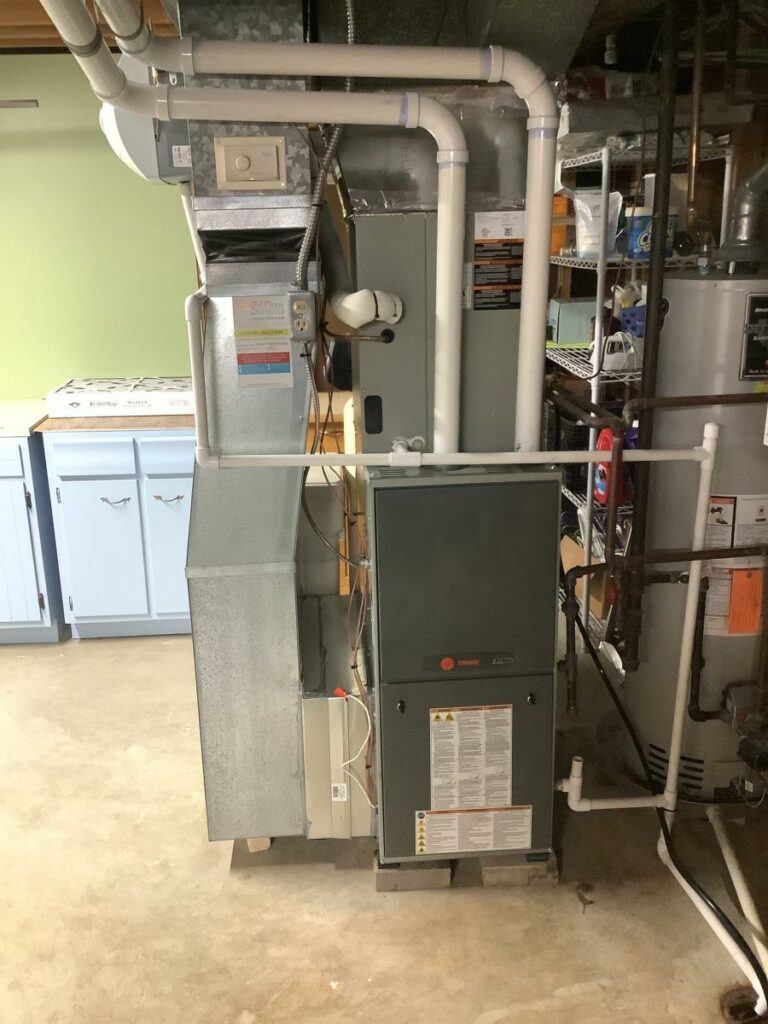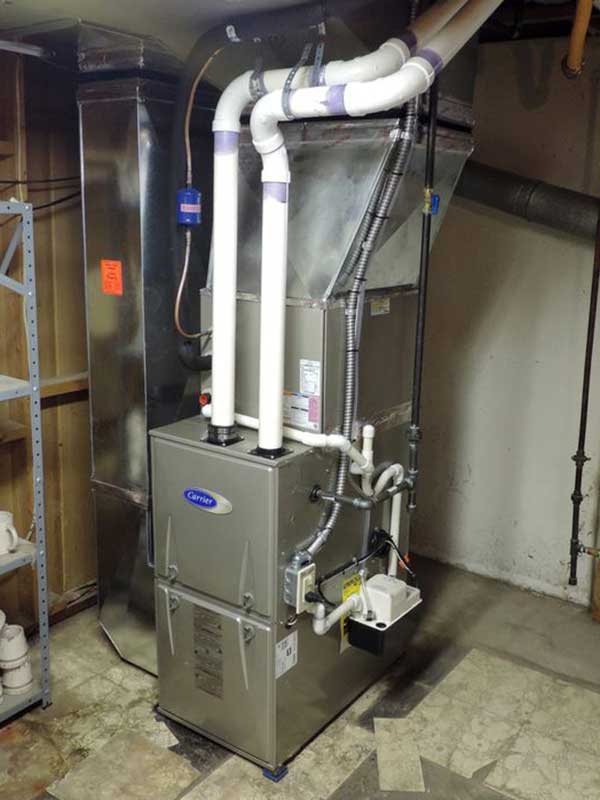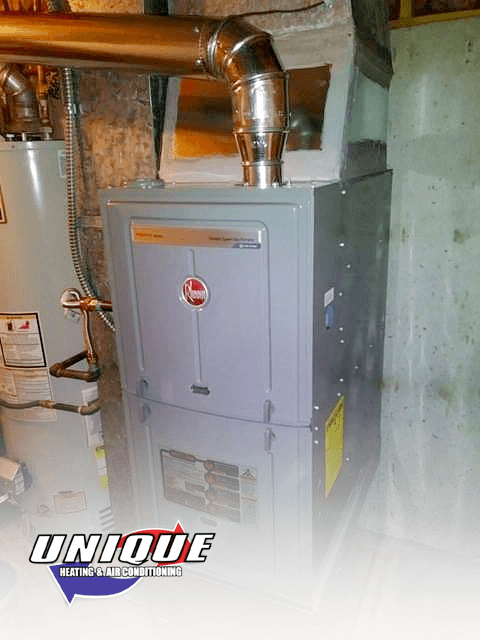Furnace installation professionals: Ensure your home stays warm all winter long
Furnace installation professionals: Ensure your home stays warm all winter long
Blog Article
The Ultimate Overview to Heater Setup for a Cozy Home
Furnace installment is a crucial aspect of keeping a comfy home environment, particularly during the cooler months. As you take into consideration these aspects, the question continues to be: what steps can you take to ensure your heater serves you well for years to come?
Kinds Of Heating Systems

Gas heaters are one of the most common option because of their performance and lower operational costs. They use gas or gas, providing quick heating and constant efficiency, making them excellent for colder climates.
Electric furnaces, while typically much easier to set up and keep, often tend to have greater functional prices. They are usually favored in locations where gas solution is unavailable or for homes with existing electric infrastructure.
Oil furnaces, though less common today, remain a practical choice in specific areas. They melt home heating oil, which can be useful throughout cooler months, yet their dependence on oil shipment presents possible obstacles.
In addition, there are high-efficiency versions offered across these types, which can considerably decrease power usage and utility bills - furnace installation. Ultimately, recognizing these heater kinds will help home owners pick a system that lines up with their heating needs, spending plan, and power preferences
Picking the Right Dimension
Choosing the appropriate dimension for a heater is important to making sure ideal performance and power effectiveness. An undersized heater will certainly struggle to keep comfy temperatures throughout the chilly months, leading to increased damage, higher power expenses, and potential system failing. Conversely, an extra-large heating system might cycle on and off as well frequently, leading to ineffective heating and uneven temperature level circulation within the home.
To identify the correct heating system size, a computation referred to as the Handbook J load computation should be done. This process examines various aspects, consisting of the square video footage of the home, insulation degrees, window sizes, and neighborhood climate problems. This comprehensive analysis ensures that the heating system fulfills the specific heating needs of the space.

Installment Refine Summary
In terms of materials, you will certainly require ductwork, insulation, and sealing tape to ensure optimum air flow and energy performance - furnace installation. It is additionally essential to have a new heater filter handy, together with venting products, such as PVC pipe or steel flue, relying on the type of heater being set up
Security equipment, consisting of gloves, goggles, and a face mask, is additionally essential to protect versus dust and debris throughout installation. Having all these devices and products easily available not just improves the process yet likewise enhances the safety and security and efficiency of the furnace installation.
Maintenance Tips for Durability
To guarantee the longevity of your heater, it is important to execute a regular upkeep routine that deals with key parts of the system. Start by replacing or cleaning up the air filter each to three months, as a clogged up filter can restrict air movement and reduce performance. Additionally, check and cleanse the blower assembly to stop dust accumulation that can impede efficiency.
Next, inspect the thermostat official site setups and recalibrate if required continue reading this to make sure exact temperature policy. Evaluate the ductwork for leakages or blockages, as this can result in energy loss and unequal home heating. Frequently lube the electric motor and bearings according to the manufacturer's recommendations to reduce deterioration.
Expert examinations should occur yearly, where a qualified specialist can examine the heater's total problem, look for gas leakages, and make sure that security functions are working appropriately. Consider installing a programmable thermostat to optimize power use and preserve constant home temperatures. By adopting these maintenance techniques, you can boost your heater's effectiveness, prolong its lifespan, and ultimately appreciate a cozy and comfy home setting.
Verdict

Report this page